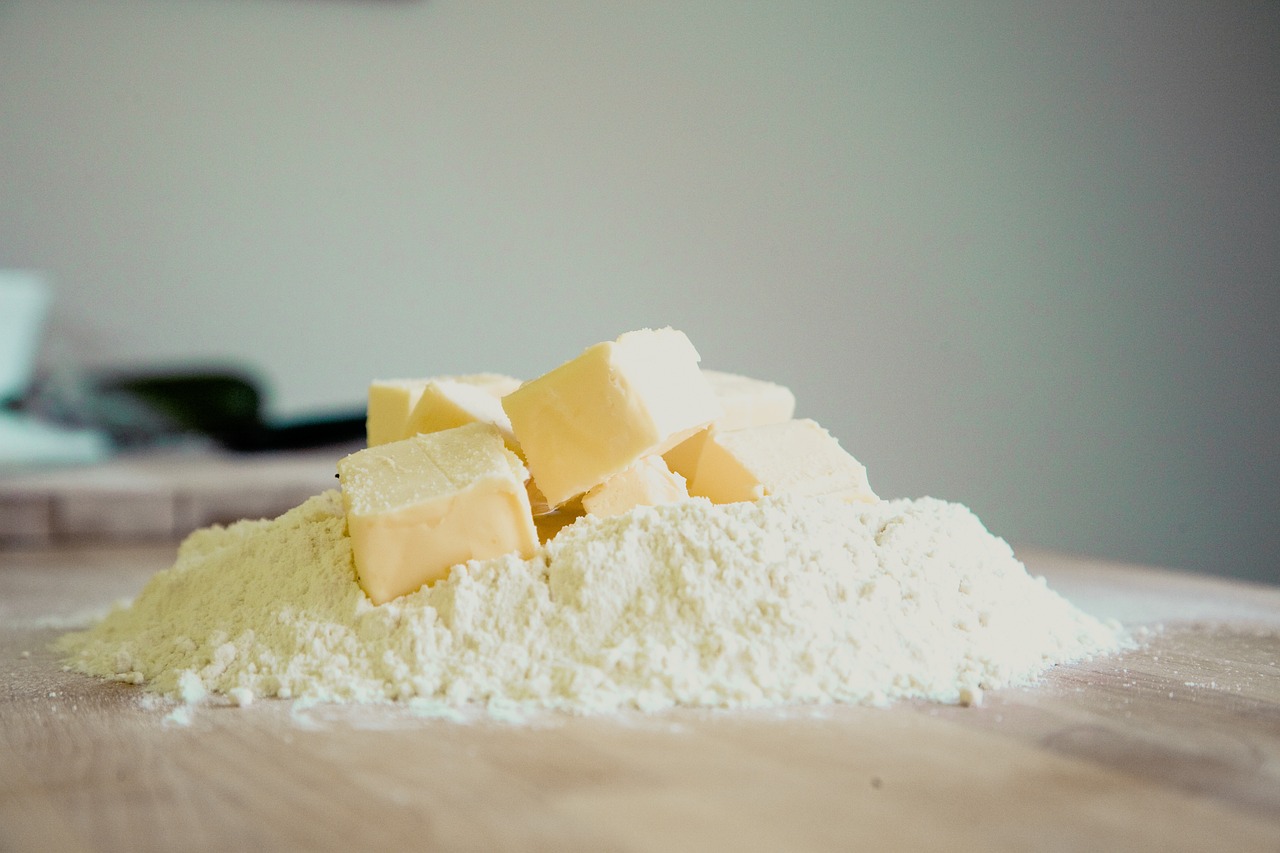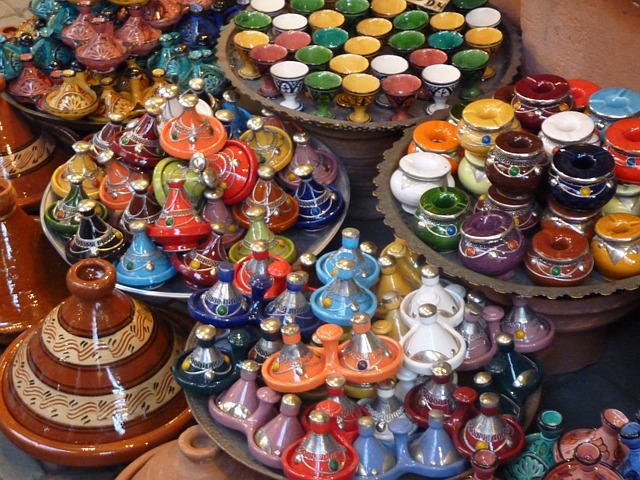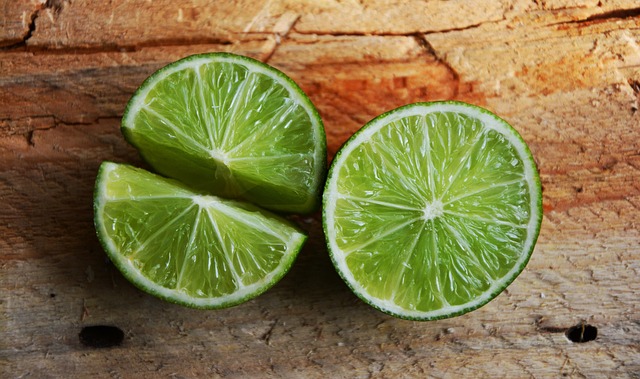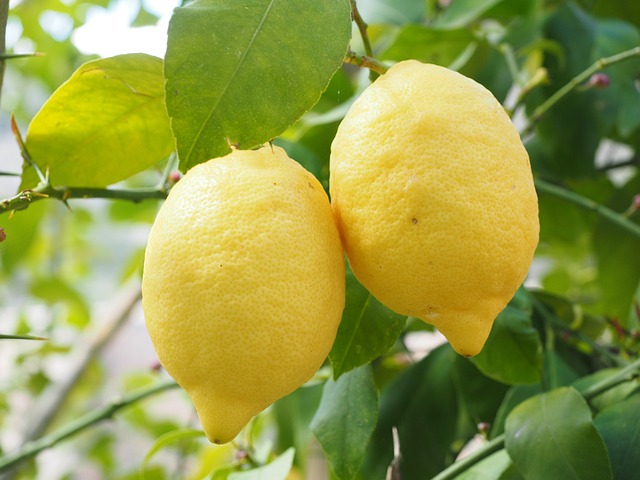Below is a list of baking ingredients that I have on hand. And like my baking equipment list, there is a “must have” list of ingredients and then there is a “Oh, I like that” list and must have it……..
And my disclaimer is that this document is long. So, grab a coffee, sit back, and read at your leisure. Leisure….who remembers that!?!
Must Have List:
Chocolate
Let’s start with the good stuff first.
The higher the percentage of cocoa solids the more bitter and intense the chocolate flavour. Alternatively, the higher the percentage of milk solids, the sweeter the chocolate will be.
I usually use a brand like Plaistowe (in Australia) and use their milk chocolate (22% cocoa solids) when making chocolate mousse or something for the children and I use a darker chocolate (40% or 70% cocoa solids) when making chocolate cheesecake or chocolate truffles.
I have a separate topic about tempering of chocolate on the website. Depending on what chocolate you buy and use for certain dishes, will mean you can temper your chocolate or not.
Chocolate Chips
Perfect for adding to biscuit recipes, brownies, cake batters or to chop and sprinkle over the tops of desserts. They come in milk, dark and white chocolate versions.
Cocoa
Like dark chocolate, cocoa provides an intense chocolate flavour, and is normally added to a recipe with other dry ingredients. It lasts for a LONG time in the cupboard, and it doesn’t need to be melted. Perfect in a chocolate cake or muffins and as the base for a delicious hot chocolate drink. Needs to be stored in an air-tight container once opened.
Sugar
The finer the sugar, the faster it melts and/or incorporates into mixtures and batters. I therefore use caster sugar for cake making, particularly for cakes where the sugar is combined with butter and I also only use caster sugar when making meringues/Pavlova.
Icing sugar is the key ingredient when making icings and buttercream.
It is also useful to have soft brown sugar in your cupboard. You use this in fruit and other richly flavoured cakes. And using soft brown sugar in cakes or biscuits makes them deliciously “squidgy.”
Butter
As a traditionalist and someone who is not lactose intolerant, I use butter in my baking. I use both salted and unsalted depending on what it is I’m making. Baking with butter means baked goods have a developed flavour, cakes are lighter, biscuits are crunchier and items brown nicely. Butter is ideal for cakes where it’s beaten together with sugar to incorporate air into the mixture as it produces a lighter cake.
This is not to say that you can’t use butter alternatives however – margarine, vegan butter, and oils – but these products have different “properties” to butter and produce a different product. Butter is solid at room temperature, and this is important if you are making some types of pastry and fluffy buttercream. When substituting butter in certain recipes, it is important to therefore use another solid fat as the substitute.
Margarine/Vegan Butter
Margarine is a combination of oils (usually vegetable) which are combined with water or milk, and other additives. Margarine wont brown like butter but it will give you a chewier biscuit/cookie which in some cases is what you want.
You can use vegan butters in most recipes. They are spreadable and have a nutty, buttery flavour. Vegan butters are normally made with a base of nut and vegetable oils, (macadamia, sunflower) and a few other additives. However, some vegan butters are purely nut-based and use ingredients like cashews or coconut cream to create a creamy consistency.
Milk
Milk, along with eggs and melted butter, is one of the liquids you use to combine ingredients when baking. The choice of milk is up to you – dairy, nut, soy etc
I use dairy and full fat (of course I do!) but other “milks” can work depending on the dish you are making. Some nut and soy milks can split when heated so test them if you want to make custard (which is made by heating milk) as an example.
Salt
A lot of cake recipes suggest you add salt to the mixture. This is to add flavour but also to help the browning process. So, it can seem counterintuitive to add un-salted butter and then add salt separately, but salt helps your cake brown nicely.
Baking Powder
Baking powder added to any recipe will help raise your baked item. It is a mixture of bicarbonate of soda and cream of tartar. The 2 ingredients (remember what I’ve said about baking being a science?) are activated by heat and they release carbon dioxide which helps raise the cake.
Bicarbonate of Soda
Like baking powder, using bicarb of soda will help raise whatever you are baking. Bicarbonate of soda is activated when combined with an acidic ingredient – lemon, buttermilk, yoghurt, vinegar etc. Bicarbonate of soda has a strong flavour so don’t use too much and you can’t unfortunately substitute Bicarb for Baking Powder or vice versa.
Vanilla
You can spend as much or as little as you can afford on vanilla and you can buy the vanilla pods, the essence, the extract, vanilla sugar, vanilla paste……the list is endless. I use vanilla extract (made from vanilla beans) as the flavour is better in cakes and I use the vanilla paste if I am making something like a crème brûlée where I want to see the black seeds floating in the mixture (basically me showing off!).
Eggs
Eggs are used in cake mixtures to trap air as well as for combining ingredients together. Eggs also assist in the browning of baked products – if the yolk is used. Most Australian recipes use a standard size large egg – the packet of 12 large eggs weighs approx. between 600g – 700g.
Room temperate eggs will incorporate more air rather than ones straight from the fridge.
Flour
Both plain and self-raising flours are essential for baking. Self-raising flour is made from plain flour with a small amount of baking powder mixed in. If a recipe states plain flour (and it is for a cake), the recipe will usually also include a raising agent such as baking powder or bicarbonate of soda in the ingredient list.
I don’t generally bake with wholemeal flour as it produces a dense texture, but it can be used in additional to plain flour to add to a bread recipe, so the fibre content is increased.
Gluten free flours are available, and these can be used as a substitute to flours for most recipes. But trust me, no two gluten-free flours act the same when baking—some add moistness, and some produce an even crumb when the cake is cut. Best to test which gluten free flour works for your cooking needs.
Rice flour is used when making shortbread and comes in small containers so you can keep this in small quantities.
Specific flour for bread making is useful if you do just that, make bread. Using bread flour (or high protein flour) matters because it contains two wheat proteins – gluten and gliadin – and (I’m getting all science nerd again!) when both are hydrated, they combine to form a strong bond.
And it’s this bond that gives bread its structure and height. This is also why some gluten free flours are not suitable for making bread. Bread flour is also what you can use when making pizza dough, sourdough, and yeast doughs like bagels.
Spices
Spices used in baking include cinnamon, nutmeg, mixed spice, cardamon (for middle eastern and Indian desserts) and ginger – ground and fresh.
Fruit Curds/Jams
Have a jar of lemon or lime curd in the cupboard and you will always have a great filling for a cake, a luscious topping for a pavlova or something fruity to swirl through whipped cream to then serve with berries as a quick dessert. Strawberry/Raspberry jam (jelly in the US) are always useful for a cake filling, to serve with scones or for filling thumbprint biscuits.
Nuts
Chopped nuts of different types – walnuts, pecans, almonds – flaked and slivered, are always great to have. Store nuts in an airtight container so they last longer.
Cream
Added to a mixture for additional richness or whipped and used as a filling for a sponge cake. Use half milk and half cream for a luscious custard.
Any of the “dollop” type creams are always useful and can be used for scones, making your pasta sauce even more luscious and you use cream when making a panna cotta or posset.
Nice to Have List:
Treacle/Golden Syrup/Molasses
Often used in rich fruit cakes like Christmas Cake and also steamed puddings. They all keep for a long time in the cupboard and are also used in nut pies and tarts – e.g., Pecan Pie. They can be a useful substitute if you don’t have corn syrup.
Ground Almonds/Almond Meal
Ground almonds are often used as an alternative for flour or added as well as flour in cake recipes. Nut meals (the word meal means ingredients that have been ground) produce a moist cake (the nut releases oil during cooking) and they can be used as a gluten-free option. Nut meal is the primary ingredient in macarons.
Yeast
Only needed if you intend to make breads and something like Pizza dough (though I make my pizza dough with baking powder). Dried yeast is best for storing rather than fresh yeast and in Australia, dried yeast comes packaged loose or in pre-measured sachets.
Gelatine
Use in mousses and jellies. Powdered gelatine is the low-cost version and sheet gelatine is more expensive. 9 times out of 10, I use powdered gelatine and it works perfectly. Stores for a while in the cupboard.
Corn Syrup
Great to add sweetness and colour to nut desserts e.g., Pecan Pie and Walnut Tart. It is used in a lot of American recipes and comes in a light & dark version.
Lemons, Limes & Oranges
Added citrus zest is great in so many recipes, and the juice and using whole fruit (boiled oranges in orange cake) adds an amazingly zesty flavour.
Cheese
If you want to make something savoury like a quiche or a savoury custard, you will need some cheese. Cheese grated and added to an egg/milk mixture is the perfect savoury quiche filling, to which you can then add some fried leek and bacon.
Or add crumbled Feta to a savoury muffin mixture or cheesy frittata….and all this talk of cheese is now making me hungry!
Cake Sprinkles
“Hundreds and thousands,” coloured cachous balls, coloured sugar – anything that will have children (big and small) squealing when they see cupcakes and cakes. Think colour, bling, and small bits all over the floor!
Maple Syrup
Fabulous obviously on pancakes but also on bacon and stirred through mascarpone or whipped cream as a mousse dessert or as a filling for a cake.
Food Colours
Like the cake sprinkles, these will make your cupcakes and cakes go from “meh” to amazing. Think of any colour and it is a food colouring you can add to buttercream and cake batters. The colours normally come in a liquid, powder, or gel. Use sparingly as they are concentrated.
And don’t ask me how I know this, but you can also get food colouring pens (like markers) that can be useful for drawing onto food e.g. black ghost eyes on Halloween Cookies or using a silver/gold marker to do an outline on the top of a cookie or a cake that has hard, royal icing. The colour is edible.
Dried Fruit – Sultanas/Raisins
These are always great to have. Pop them into a scone mixture, macerate them in liqueur and fill mini tart shells with the boozy mixture or throw a handful into your curry.
Jars of Cherries
Use as a filling for a Black Forest cake or if making a cherry clafoutis. Also, an easy dessert with cream or ice-cream. You can also chop a few up and add them to your dried fruit/Christmas cake or Christmas pudding. You buy them with pips or without.
And now for the REALLY Fancy list:
Dried Rose Petals and Dried Flowers
I use these quite a lot as they make a pretty decoration on the tops of cakes and cupcakes. They also feature in Middle Eastern desserts…….which I love. Make sure you buy the edible ones – best not to dry your own flowers from the garden.
Freeze dried fruit and Fruit powders
These are intensely flavoured pieces or dried powders of fruit that you can sprinkle or crumble on top of yoghurt, ice cream or cakes for a colourful garnish. You get an amazing “hit” of fruit and used sparingly, they can be great as an addition to desserts.
Pearl Sugar
This is tiny pieces of sugar (usually white but can also be coloured) that don’t melt when heated so they give crunch and texture to biscuits, and it makes them looks fancy.
Blossom Waters
Orange blossom water and Rose water are lovely in certain dishes – particularly those that are from the Middle East. You can also use them to flavour cakes and panna cotta. Use sparingly as they are strong and too much can sometimes make the dish taste a bit too perfumed/soapy.
Edible Gold leaf
No judging please but I have used this when making a Persian Love Cake. A few flecks of gold on the top looks spectacular and it keeps in a tiny, little booklet of gold sheets. I hold and treat the booklet as if it’s an Elizabethan manuscript.
Persian Fairy floss
Like the Gold leaf, a complete indulgence but so beautiful when on top of a cake. In Australia it comes in assorted colours and flavours.
Only use it just before serving, otherwise the floss starts to dissolve when out of its air-tight container. Trust me, a mound of salted caramel fairy floss on top of a chocolate tart is just heaven.
Happy Baking! x




